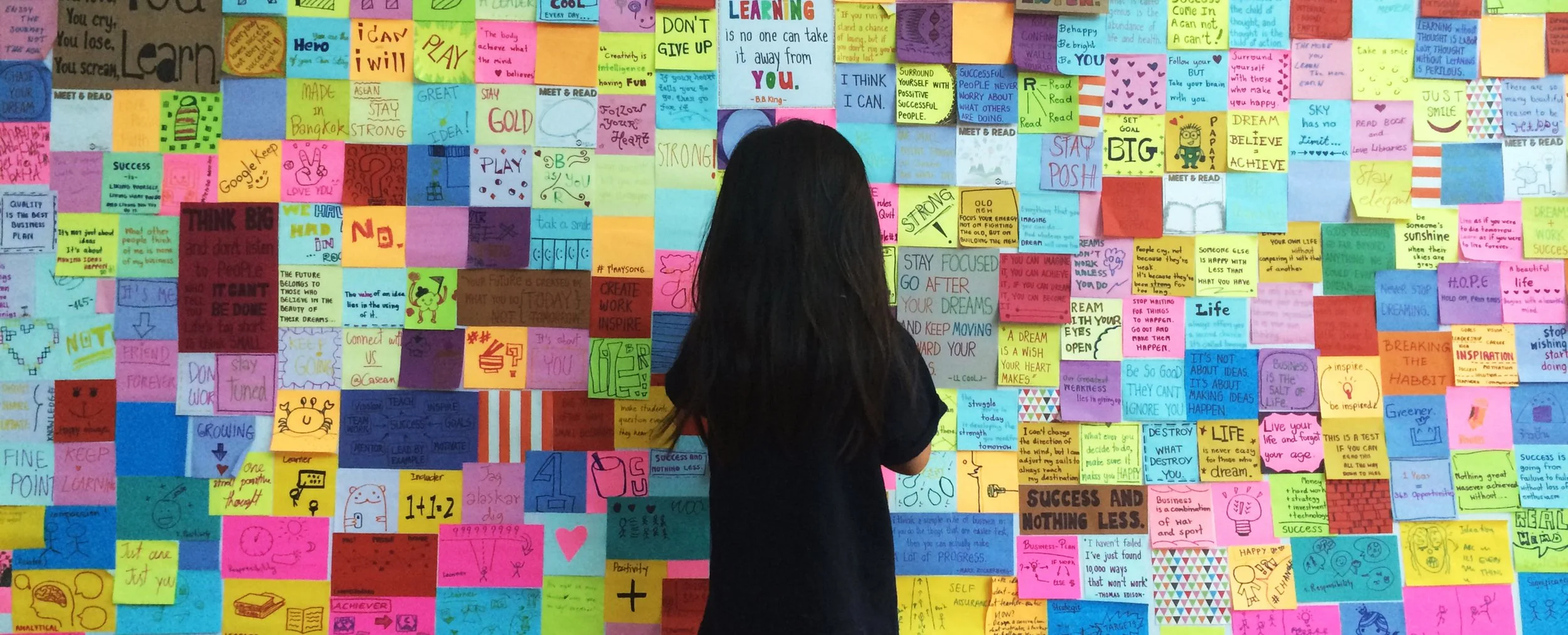It wasn't until after 2010 that gamification was more widely adopted by global companies like Nike and Starbucks
/1251894/News-InArticle-300x250
CurrentRequestUnmodified: /news/education/planning-your-vacation-heres-uae-school-calendar macro_action: article, macro_profile: 1664, macro_adspot: 300x250
In today's digital era, educators, parents, and students alike are searching for innovative solutions to enhance student engagement and motivation inside and outside of the classroom. While not a new phenomenon, gamification is taking educational systems by storm, building upon core psychological concepts, primarily motivation, behaviour, and personality.
As games become a bigger part of culture, their role in education provides the potential to transform students' experience in school. By design, games increase motivation by engagement, and this is especially relevant in educational settings. While teaching methods have evolved over the years, a noticeable constant continues to ring true: People have a natural desire for achievement, competition, status, philanthropy and collaboration.
Leveraging these natural urges and instincts, it makes sense to want to bring gaming into the classroom to 'gamify' learning.
What is gamification? (Continue Reading)







































